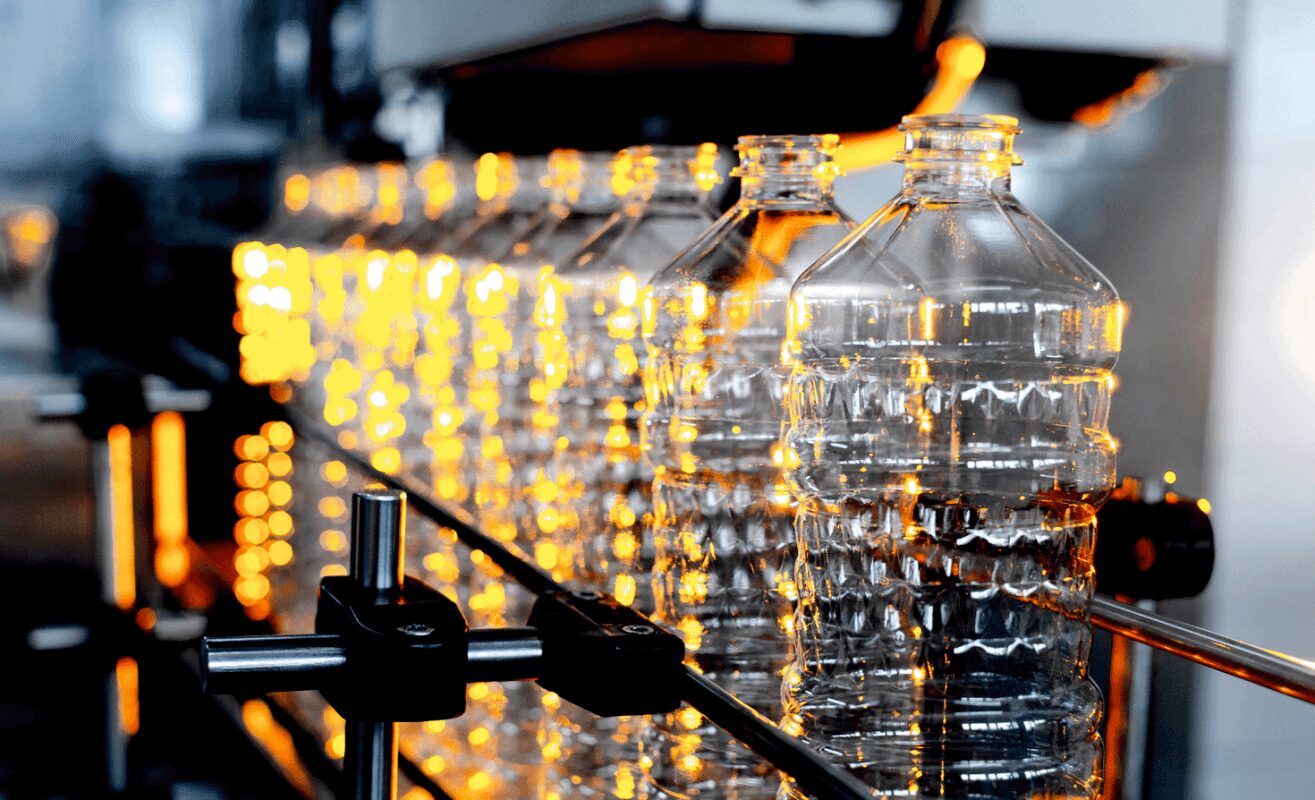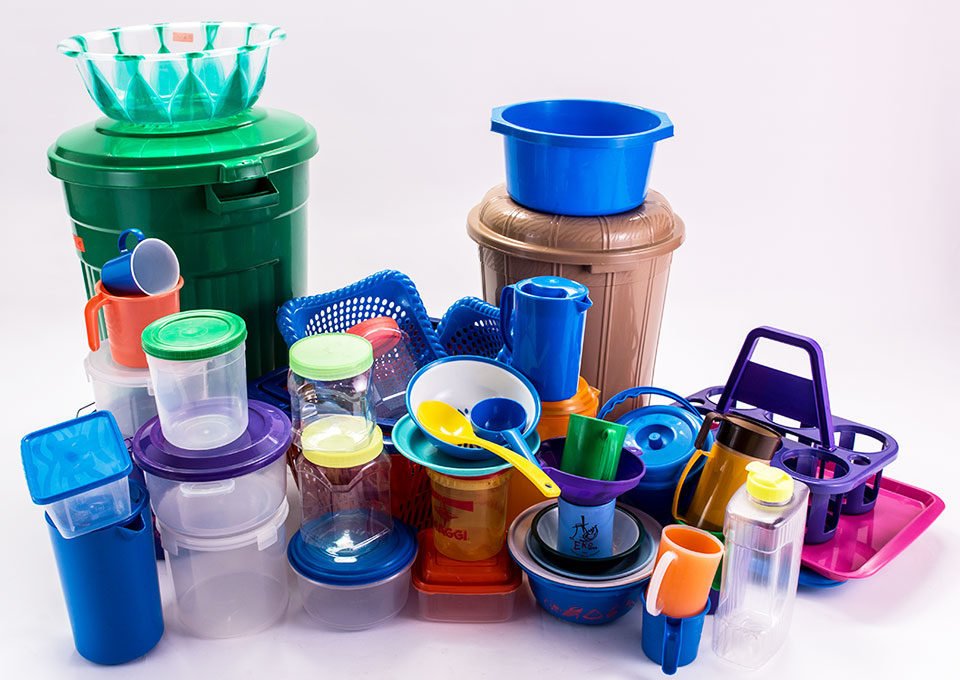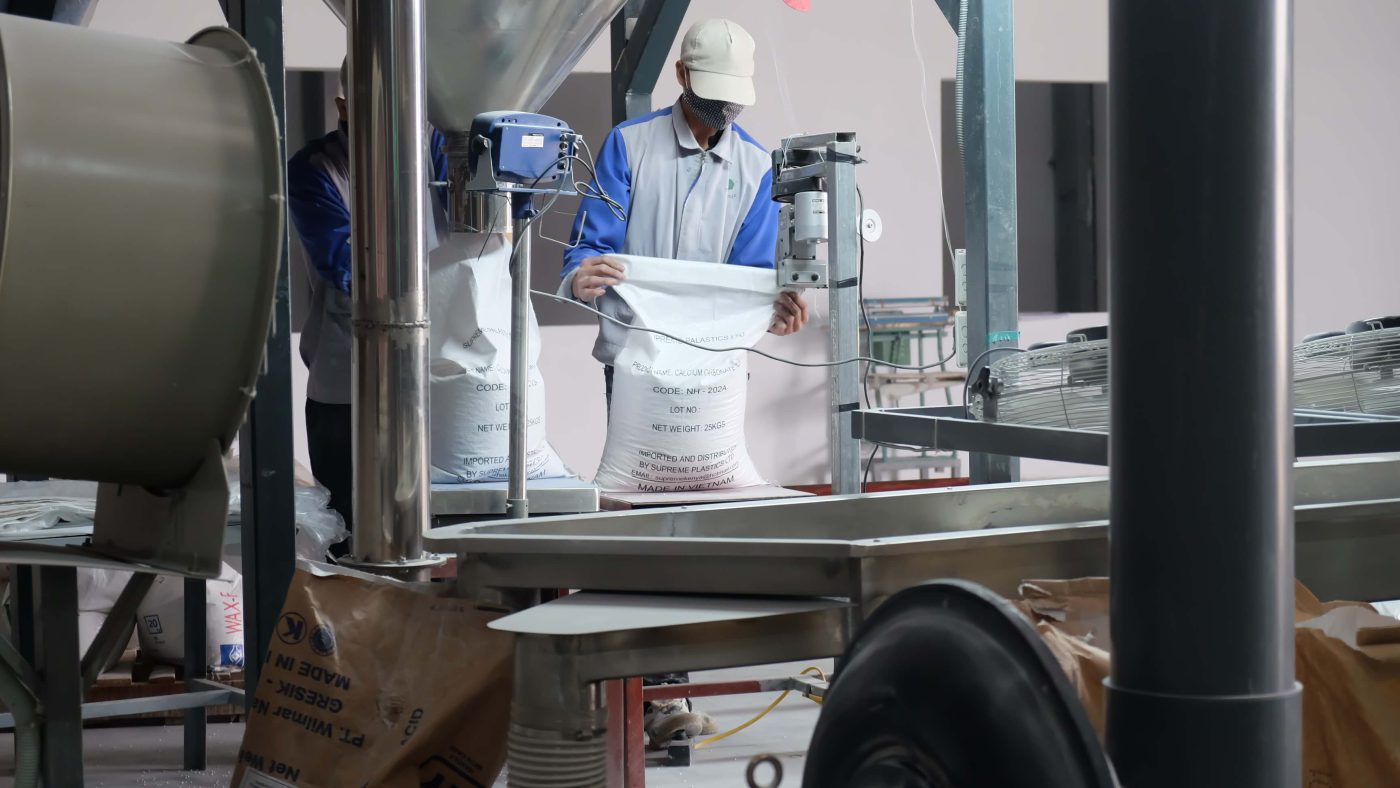There are many doubts or hypotheses for the effectiveness of Calcium carbonate filler (or CaCO3 filler, Calcium filler masterbatch, Calcium carbonate coated filler masterbatch, Filler Masterbatch) compared to the use of traditional plastic resin. However, the proofs of this Calcium filler masterbatch through product quality, cost-effectiveness, and growth chart of the plastic pellet industry recently have confirmed the role of this material source to the world.
Let’s take a look at some typical industries that benefit from CaCO3 filler.
Plastic packaging industry
The global plastic packaging market size is worth $348.08 billion in 2020 and is expected to grow at a compound annual growth rate (CAGR) of 4.2% from 2021 to 2028. Rapidly growing key application industries including food & beverage, pharmaceutical, and personal & home care services are driving demand for the product.

Popular products of the plastic packaging industry include shopping bags, industrial bags, food packaging, jars, bottles, boxes, food lids, etc. With the number of products stretching over many plastic bases and applications, the use of Filler Masterbatch in the production of plastic packaging brings the following outstanding benefits:
Lower production cost
CaCO3 filler is mainly composed of CaCO3 stone powder (relatively cheaper than primary plastic), thereby minimizing input material costs and improving the competitiveness of products. On the other hand, due to its low melting point, CaCO3 conducts heat very well, thereby shortening the time for each product cycle, and at the same time reducing machine energy consumption, helping to save production costs.
Stabilize input materials:
With the main ingredients being kerosene and natural gas, most of the primary plastic has to be imported from abroad. This leads to the fact that input material prices are often affected by fluctuations in the oil market. Meanwhile, CaCO3 can be produced domestically, thereby saving transportation costs and stabilizing input supply.
Increase product quality:
Brightness: calcium carbonate has a certain natural whiteness, thereby helping manufacturers save a lot of money on additives to increase whiteness, brightness, and gloss. This is a huge advantage, especially in the production of food packaging, food wrapping.
Increased mechanical properties: With high stability, calcium carbonate helps the end product to have good bending and impact resistance, while increasing tear resistance even when the thickness of the product is reduced.
Reducing Carbon Emissions
Along with limiting the content of fossil plastic in products, businesses are contributing to reducing the environmental pollution. This is especially significant in the context of packaging and single-use plastics, which are being condemned for not being able to decompose in natural conditions. Meanwhile, the higher cost of bioplastic materials shows that filler masterbatch is a suitable choice.
See more:
What kind of filler masterbatch should the packaging industry use?
Household plastic products manufacturing industry
Unlike plastic packaging products, household plastic products are often produced by injection molding technology, but in terms of ingredients, manufacturers also use Calcium filler masterbatch to bring economic benefits and similar product quality.
Besides injection molding technology, a number of products such as disposable cups, plates, trays, boxes, and plastic pots are also produced by thermoforming technology. Accordingly, this method saves production time and costs more than the two traditional technologies of injection molding and film blowing.

The application of CaCO3 filler in thermoforming also offers many benefits:
- Increased productivity: Due to CaCO3’s good thermal conductivity, the material mixture will melt faster and more uniformly, and cool on the roller faster. Higher line speeds mean increased productivity.
- Low coefficient of expansion: CaCO3 filler reduces the volume of molten plastic, reduces friction with the inner surface of the machine, reduces extruder load and extrusion head pressure.
- Increase stiffness, reduce shrinkage.
- Improve product formability.
HDPE, PP, and PE Pipes Manufacturing Industry
Plastic pipes and rods are important input products of the construction industry. The application of plastic fillers in production helps to save input costs, reduce production costs, and improve product competitiveness.
In addition, CaCO3 filler also helps to improve hardness, improve machinability, and reduce the cooling time for the final product, thereby boosting productivity and product quality.
Filler masterbatch from Megaplast
With many years of experience in manufacturing and distributing CaCO3 filler, Megaplast is proud to be a reputable brand in the world with thousands of partners in more than 60 countries and territories.

Mega Plast provides a wide variety of CaCO3 filler based on the main materials which are high-quality natural limestone sources in Vietnam, primary plastic substrates (PP, PE, HIPS, BIO, …), and special additives.
As a result, the products that reach customers are always the standard materials and are most suitable for the final product.
Contact Megaplast for more information about CaCO3 filler:
- Phone: 090 226 73 98 (Whatsapp)
- Mail: info@nhathuygroup.com.vn
